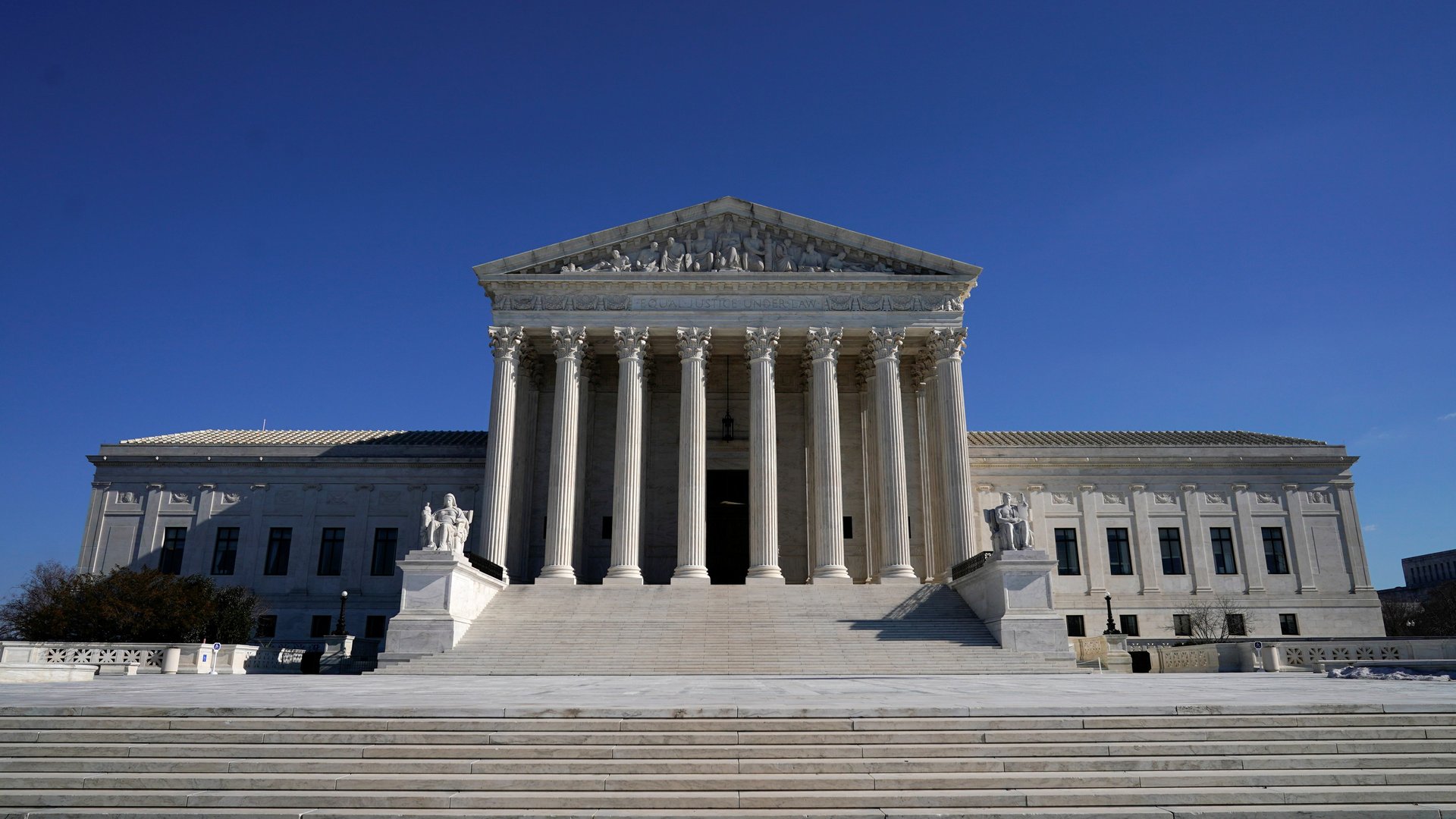The Supreme Court stopped just short of killing the regulatory state
Today’s Supreme Court decision restricting the Environmental Protection Agency’s efforts to fight climate change has left the regulatory state hanging by a thread.


Today’s Supreme Court decision restricting the Environmental Protection Agency’s efforts to fight climate change has left the regulatory state hanging by a thread.
Chief Justice John Roberts’ ruled that despite the authority lawmakers gave the EPA to limit harmful chemicals in the air, the design of its regulations on power plants emissions would have a sweeping impact on the economy and the country, raising the decision to the level of a “major question” that only elected officials can answer. But in her dissent, justice Elena Kagan responds that the Court is in effect substituting its own judgment for that of the lawmakers who told the agency to “select the ‘best system of emission reduction’ for power plants.”
Radical conservatives in the Supreme Court majority have argued that federal agencies should have less discretion to make rules, but today’s decision mainly focused on how environmental regulators interpreted the Clean Air Act. So while it sets back efforts to slow climate change, it didn’t kick the legs out from under the EPA and other expert agencies that do much of the important work of modern government—yet.
The EPA can still regulate greenhouse gasses
This “major questions” doctrine as a path to overruling regulations is confusing. Congressional analysts say the court has applied it in an “unclear, ad hoc manner.” Indeed, this is the first time the phrase in question has appeared in a Supreme Court opinion. Typically, the Court relies on what is known as the Chevron doctrine, which gives wide latitude to regulatory agencies deciding how to fulfill their Congressional mandates. Roberts’ opinion doesn’t go as far as some legal analysts feared or his colleagues may have liked, by throwing out that regulatory discretion entirely.
This ruling doesn’t cripple the EPA’s ability to fight climate change, so much as force it into a less efficient, piecemeal approach. The agency still has the power to regulate greenhouse gasses that lead to climate change. What the agency can’t do under this ruling is set rules for the electrical power system at large, like a cap-and-trade regime that lets the market incentivize a push towards green energy. Now, it will likely focus on rules for individual power plants.
Brendan Cash, an attorney at the environmental law firm Ballard Spahr told the Huffington Post he expected the Biden administration’s rules on coal power plants will now be harsher because it will simply regulate their emissions, instead of allowing them to use other power sources to meet environmental goals. Jesse Jenkins, a Princeton researcher focused on how to decarbonize energy systems, said that regardless of the ruling, lawmakers need to take more action to directly push the economy away from fossil fuels.
Major questions for the administrative state
However, the novel “major questions” doctrine, snarkily described as a “get-out-of-text-free card” in the dissent, injects new uncertainty into all kinds of regulatory efforts. Now, the Court has opened up a new front for attorneys seeking to overthrow government rules by arguing that they are too transformative. It will likely require Congress to be more explicit in future laws delegating powers to agencies, forcing lawmakers to do exactly the work they’d like to delegate to independent experts.
This is a blow to the modern administrative state. Right-wing justices see expert agencies as a threat to liberty and even the constitutional system. But it’s worth noting that this decision is the product of a lobbying campaign by fossil fuel interests that arguably dates back to the creation of the Clean Air Act itself in 1971, not any broad public movement against the rules in question—which, incidentally, were not even being proposed by anyone. (They were introduced by under president Obama, blocked by the courts, and repealed by president Trump.)
The dissent hammers home that the modern economy requires agencies armed with scientific expertise to accomplish the goals that lawmakers set for them. As Kagan wrote:
Over time, the administrative delegations Congress has made have helped to build a modern Nation. Congress wanted fewer workers killed in industrial accidents. It wanted to prevent plane crashes, and reduce the deadliness of car wrecks. It wanted to ensure that consumer products didn’t catch fire. It wanted to stop the routine adulteration of food and improve the safety and efficacy of medications. And it wanted cleaner air and water. If an American could go back in time, she might be astonished by how much progress has occurred in all those areas. It didn’t happen through legislation alone. It happened because Congress gave broad-ranging powers to administrative agencies, and those agencies then filled in—rule by rule by rule—Congress’s policy outlines.
The US owes its prosperity in no small part to the accomplishments of its regulatory agencies, which can address complex technical challenges that dominate the modern industrial economy. The Supreme Court is pushing to ensure they will have a harder time doing that. But the fight against climate change was never going to be won by the EPA acting on its own authority; decarbonizing the energy system will require broader action. After this ruling, it’s even clearer.